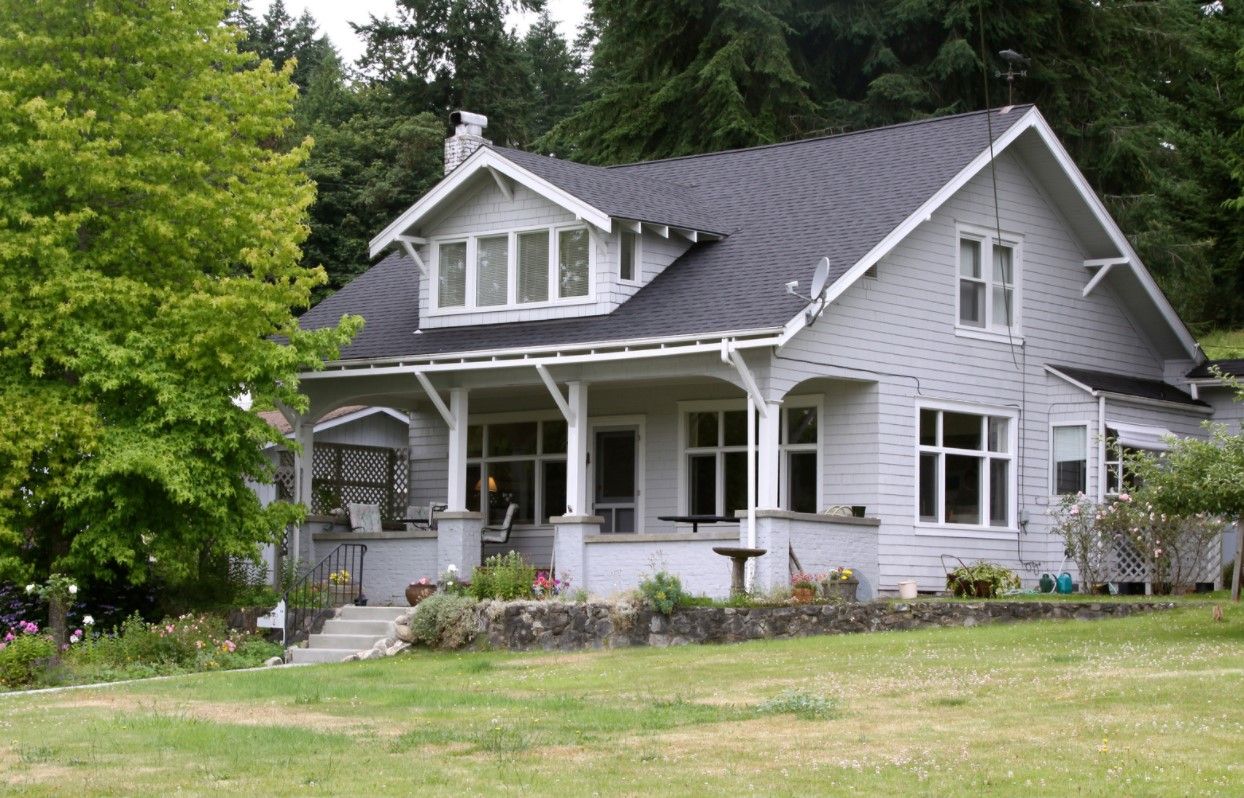The Rise of Fractional Homeownership: A Game-Changer or a Gimmick?
In today’s high-priced housing market, many would-be buyers are looking for creative ways to break in — or invest — without shouldering the full cost of a property.

Older homes offer history, charm and comforting atmosphere. Few of them are cookie-cutter designs and they enjoy unique architecture and stately appearance. Of course, there is a flip side to all this distinction: older homes are, well, old. They often need extensive work done to become livable residences for new buyers. Whether appliances need replacement or staircases need reinforcement or plumbing needs renovation or the yard needs a thorough landscape overhaul: purchasing an older home is an investment best made with eyes wide open. Careful consideration makes the difference between a beautiful updated edifice and a frustrating, unfinished money pit.
From the Bottom Up
Before evaluating anything else about the older home, prospective buyers should get a read on the foundation. In many cases, the foundations poured a century ago are in better shape than more recently laid mainstays. Yet in just as many instances, they are showing their age. Uneven flooring, doors that can not be latched and cracks in the interior and exterior walls are telltale signs of foundation problems. In addition, windows that can not open should also raise suspicion. Fixing foundations can cost up to $5,000 dollars so confirm a sure foundation before making offers based on home values.
From the Top Down
Another headache a purchaser does not want to inherit is a roof in poor condition. Some roofs age better than others depending on climate, weather and the incline. A quick examination of the attic and top floor for leaking is a good first step in determining roof fitness. Surveying the gutters for bowing also helps to evaluate the house's covering. Then there is the inspection for missing shingles that closes out the evaluation. A new roof can run up to $8,000 so remember that when negotiating with the seller.
Wired for Failure
Many old homes house 20th-century electrical systems. These systems are approaching -- or have reached -- the end of their shelf lives. Any wiring installed prior to 1960, for example, has a 70-year lifespan, after which it becomes a serious hazard. Circuit breakers and service panels require more frequent replacement. Additionally, non-grounded outlets, i.e. those with only two prongs, so common in older homes, lack the requisite protection against power surges. This weakness puts appliances, and sometimes people, in danger. A licensed electrical inspector is essential to determining the safety and efficiency of an older house.
Going with the Flow
Older pipes are subject to corrosion that allows lead flakes and chips to infect the water. Older properties often host older trees, the extensive root systems of which can extend into the underground plumbing and subsequently wreak havoc. With such dangers lurking, buyers should be on the lookout for low water pressure; slow drainage in bathtubs basins and sinks; as well as leaks around and beneath faucets. A certified plumber or licensed home inspector is trained to identify all the signs giving evidence to systemic plumbing issues that affect home values. Fixing things is one thing but total replacement can cost up to $15,000.
Environmental Projection
Houses erected prior to 1978 frequently have lead paint and asbestos among their constituent elements. Both substances are proved to be toxic to human health. Asbestos, for instance, is associated with respiratory failure and lung cancer. Cracked paint and drywall point to problems in this regard. Lead paint remediation averages near $3,000 while asbestos removal can reach $30,000 if it is throughout the house. True, many older homes have corrected these issues long before. Still, that can not be taken for granted in any case.